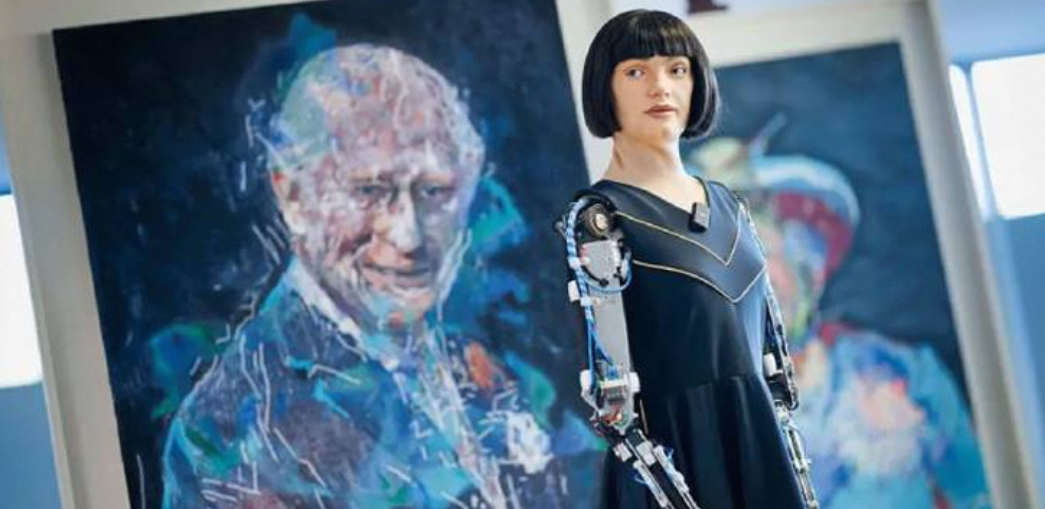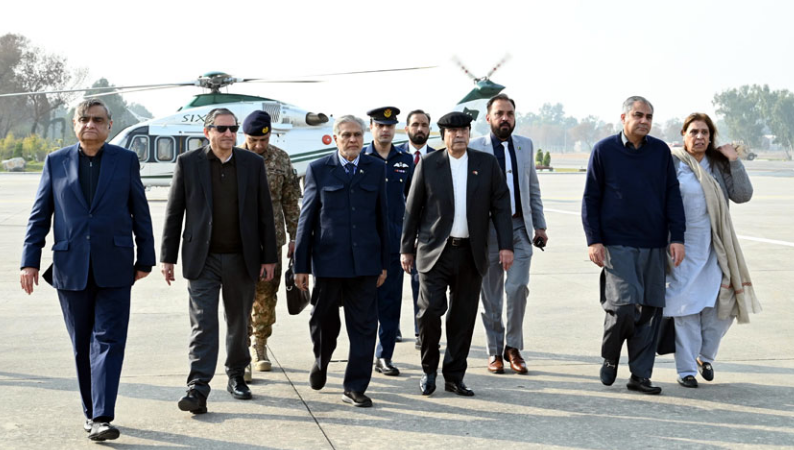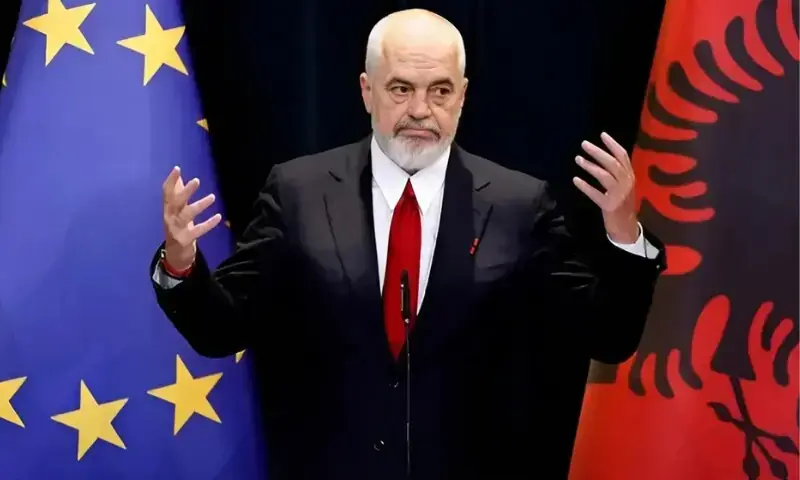A New Era for Royal Portraiture
At the 2025 AI for Good Global Summit held at the United Nations headquarters in Geneva, history was made through a pioneering fusion of British royal tradition and advanced artificial intelligence. The event witnessed the unveiling of an AI-generated portrait of King Charles III, titled ‘Algorithm King.’ The unique artwork was created by AI-Da, the world’s first lifelike humanoid robot artist, establishing a new chapter in the evolving dialogue between art, technology, and cultural heritage.
AI-Da’s portrait did not require a traditional live sitting. Instead, it employed visual data and intricate artificial intelligence algorithms to craft a striking oil painting that captures both the gravitas and modernity of the British monarchy. The colors—vivid blues, greens, and crimsons—evoke both historical royal imagery and a sense of digital motion, reflecting the dynamic interplay between the past and the future.
AI-Da: Redefining Artistic Boundaries
The mastermind behind AI-Da is gallerist Aidan Meller from the UK, who developed the robot in 2019. AI-Da is equipped with advanced cameras for eyes and a sophisticated robotic arm that allows her to paint with impressive precision. Since her creation, AI-Da has challenged conventional understandings of creativity, drawing global attention to the possibilities and questions posed by artificial intelligence in the arts.
During the summit, AI-Da addressed the audience, stating, “Presenting my portrait of His Majesty King Charles III is not just about art; it also highlights how AI is changing our society and influencing culture.” This sentiment was echoed in the artwork itself, which bridges centuries of royal portraiture with the emergent capabilities of AI.
This isn’t the first time Ai-Da has engaged with royal figures. In 2022, she painted a portrait of Queen Elizabeth II to mark her Platinum Jubilee. Both the Queen’s and King Charles III’s portraits were displayed together at the Geneva event, prompting attendees to reflect on the enduring nature of tradition and the transformative influence of technology.
Art, Innovation, and Global Recognition
AI-Da’s rise as an artist has been marked by high-profile exhibitions and accolades. Her works have appeared at prestigious venues such as London’s Tate Modern and the Venice Biennale, and she etched her name in history in 2024 when her portrait of computing pioneer Alan Turing sold for over $1 million at Sotheby’s.
UK diplomat Simon Manley attended the Geneva summit and praised AI-Da as a “cultural conversation starter,” emphasizing her embodiment of British inventiveness on the world stage. The intersection of AI and art, he noted, is not only redefining creative expression but also contributing to discussions about the future of cultural identity.
The portrait of King Charles III by AI-Da is more than a visual tribute to the monarch; it is an exploration of how technology is reshaping the narratives that artists tell and the ways in which society interprets them. It stands as a symbol of the ever-evolving relationship between human heritage and machine intelligence.
AI and the Changing Technological Landscape
The advancements showcased by AI-Da at the summit come amid broader shifts in the global technological workforce. Since early 2025, major US tech companies have accelerated the use of artificial intelligence and automation, resulting in the loss of more than 94,000 specialist jobs. These changes signal both the promise and challenges of integrating AI into various facets of society, from the economy to the arts.
The story of AI-Da and her royal portraiture is just one example of how artificial intelligence is not only transforming industries but also prompting critical reflections on creativity, tradition, and the role of humanity in a rapidly evolving digital world.





